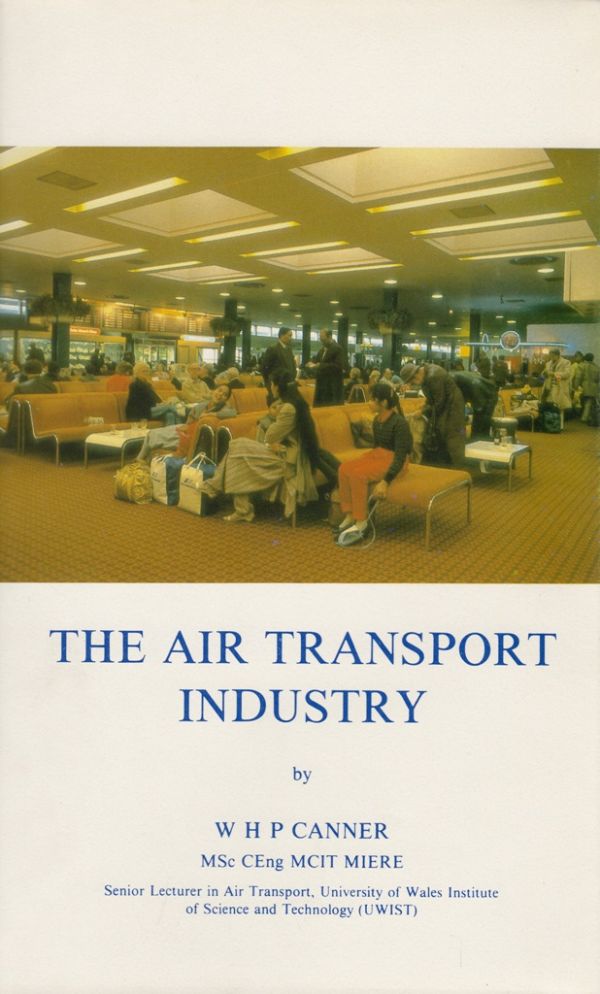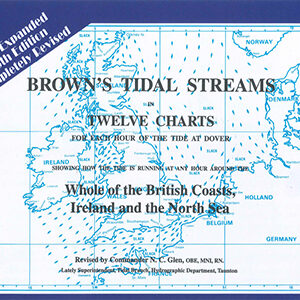Description
Bibliographic Notes:
This book, in its neat and handy form, gives a highly readable, very informative and comprehensive treatment of the always topical and challenging subject of international air transport regulations and the three sub-systems failing under the headings of “air carrier”, “airport” and “air traffic control”.
The UK experience which the writer mainly bases his dissertations and ideas on, is many-sided and in many aspects so pioneering, progressive and innovative that it constitutes an excellent reference when dealing with the subjects which the writer expertly examines.
He shows common sense, analytical acumen and even-handedness, which in this rather politically-infected field is most commendable.
For those informed about aviation problems the “Contents”, the “List of Figures” and the “List of Tables”, which conveniently form the opening pages of the book, immediately excite their interest to closely study the contents.
In more detail:
This book, in its neat and handy form, gives a highly readable, very informative and comprehensive treatment of the always topical and challenging subject of international air transport regulations and the three sub-systems failing under the headings of “air carrier”, “airport” and “air traffic control”.
The UK experience which the writer mainly bases his dissertations and ideas on, is many-sided and in many aspects so pioneering, progressive and innovative that it constitutes an excellent reference when dealing with the subjects which the writer expertly examines.
He shows common sense, analytical acumen and even-handedness, which in this rather politically-infected field is most commendable.
For those informed about aviation problems the “Contents”, the “List of Figures” and the “List of Tables”, which conveniently form the opening pages of the book, immediately excite their interest to closely study the contents.
Although the writer modestly allows the reader to overlook the first Chapter on the historical and political development of air transport, if he looks for an immediate study of current operating practices, the reader is ill-advised to do so as Chapter 1 gives a masterful overview of the throes of the genesis of civil aviation.
For one thing it is good to know about Imperial Airways Limited of 1924, British Airways of 1935, their merger into BOAC of 1939, etc. Especially the Edwards Report of 1969 and the introduction of the Civil Aviation Act of 1971, the establishment of, (once more) a single corporation “British Airways”(!) and the domestic deregulation in the USA in 1978, all developments which it is important to see as leading to the Civil Aviation Act of 1980 and the tendency towards less government control and less government ownership in air carriers. This was the receptacle of the fully liberalised bilateral air agreement with the Netherlands in 1985 and the privatisation of British Airways in 1987. This history is most interesting in the light of the political commitment embodied in the “Single European Act” of 1986 to establish one integrated (air transport) market within the E.E.C. by the end of 1992.
The world economic recession of the early eighties is spotlighted in the first Chapter and its influence on the airline industry and government policies, both of the USA with its 1978 deregulation and on the policies of the European countries.
The UK followed the US example, at least to a certain extent, when the airlines returned to profitability in 1984/5: it also started to gradually remove controls.
The first Chapter sets the stage for a thorough analysis of the complex regulatory situation of post-war international air transport: the author not only relates what happened and what rules and policies were governing the airline industry, he also evaluates different approaches in an objective way.
He devotes quite some attention and space to the “plurilateral” approach, which was suggested by the Netherlands to the USA in 1980, and being an expert in the field, he finds a lot of merit in it.
Then Mr. Canner addresses the sub-systems of UK airports in the light of continued traffic growth and the A.T.C. in Europe (Chapter three).
The London airports Heathrow, Gatwick and Stanstead (and Luton) offer a challenging problem area, while the regional airport development is. equally fascinating.
It would have been welcome if the author had given his views in more detail about the consequences of a privatisation of the B.A. A. (p. 149) and about U K policy with respect to the proposals of the European Commission, especially on market access problems (including the liberalisation of regional intra-European air services).
It is interesting to read about the hub-development, also of regional UK airports, because the “hub-and-spokes” pattern of air services’ networks is in general becoming the basis of international traffic rights exchanges.
Then the organisation of the A.T.C. is elucidated: the problem of co-ordination between especially the European States and the problems as a result of the increased traffic are highlighted.
Chapter 4 deals with air passenger operations (the organisation of the airlines) and shows us the complexity of airline activities and their economic regulation. Special attention and rightly so, is given to tariffs.
The interests of the customer are served by interalia a “controlled” approach towards tariff regulation, “controlled” deregulation, taking into account operational and non-operational, direct and indirect costs. The problems faced by IATA, at least in the industrialised world, are explained. A global overview concludes the book,. Such update (Chapter 5) shall be welcome in future on a loose-leaf basis
It deals with all important developments of the last years in the different parts of the world. The problem (for the UK) of the US cabotage restrictions, the C.R.S. developments and the harmful effects of the bias in showing other carriers’ schedules and fares and rates, the problem of the anti-trust laws (competition laws), the Laker incident etc. are mentioned.
For the future, the author lists three problem areas:
– the operating environment (e.g. the oil prices);
– the airlines’ economic performance (costs!);
– the regulatory environment
He concludes that there is no single regulatory formula which can successfully be applied to all states or by all States. One has to differentiate as to the different situations in different parts of the world.
The major question, according to the writer, is what amount of competition should be allowed to stimulate efficiency and avoid excess capacity.
International co-operation cannot be an end in itself, a balance must be found between “open skies” and protectionism.
Our conclusion can be that a wealth of highly relevant and accurate information and of valuable opinions is compressed in maybe too small a volume.
The book is indispensable reading for airline managers, for shaping airline policy, for the financial, commercial, legal, technical and operational people; for government officials responsible for safety and for the economic side of civil aviation; for airport managers; and for students of air law and economics.
The “Air Transport Industry” by W. H. P. CANNER is a modern syllabus of air transport. It deals with most of the aspects of international air transport. Some fields are not included: Facilitation, security, environmental problems are among such missing sub-sections if one looks for an all-embracing treatment.
The book is a most welcome addition to the existing literature on the air transport industry and it can replace many a treatise on the subject which Mr. Canner so able treats in his book.
The Hague, July 15, 1987 H. A. Wassenbergh.




